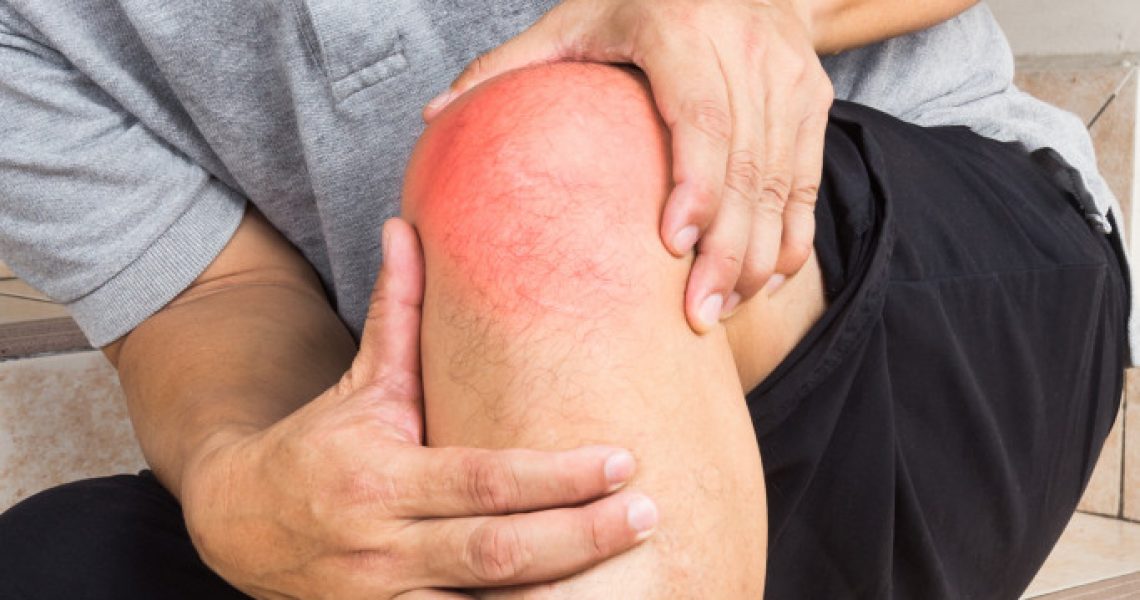Mobility is something most of us take for granted—until we lose it. Unfortunately, several common health issues can lead to reduced mobility, making it difficult or even impossible to do things that were once easy, like walking, climbing stairs, or getting out of a chair. In this blog post, you’ll learn five of the most common health issues that can cause mobility problems.
1. Arthritis
Arthritis is a general term that describes over 100 problems affecting the joints, including osteoarthritis and rheumatoid arthritis. As people age, the cartilage in their joints begins to break down, leading to stiffness, pain, and inflammation. According to the Centers for Disease Control and Prevention (CDC), arthritis is the leading cause of disability in the United States—affecting more than 54 million adults.
While there is no cure for arthritis, there are treatments that can help to relieve symptoms and slow the progression of the disease. Exercise an excellent treatment for arthritis. It helps to strengthen the muscles around the joints, improving stability and reducing pain. In addition, exercise can help to improve the range of motion and increase flexibility. Another effective treatment for arthritis is weight loss. Losing excess weight takes the pressure off the joints, which can help reduce pain and inflammation. In addition, weight loss can help to improve overall health and lower the risk of other chronic conditions like heart disease and diabetes. If you are living with arthritis, talk to your doctor about the best treatment options.
2. Fractures
A fracture is a break in the bone. Fractures can be caused by trauma, such as a fall or car accident, or by repetitive stress on the bone, as is often seen in athletes. According to the CDC, 3 million older people suffer from fall injuries every year.
If you have a fracture, getting the right treatment is important as soon as possible. Depending on the type and location of your fracture, you may need to wear a cast or splint, have surgery, or take medication. The most important thing is to follow your doctor’s instructions and rest and heal properly so your bone can mend correctly. With the right treatment, most fractures will heal completely, and you’ll be able to return to your normal activities.
3. Muscle strains and sprains
A muscle strain occurs when the muscle is overloaded and tears. A sprain occurs when the ligament—the tissue that connects two bones—is stretched or torn. Both strains and sprains are common injuries caused by everything from lifting something heavy to simply putting too much stress on a joint.
There are many treatments for muscle strains and sprains, but the most important thing is to rest the injured area and give it time to heal. Ice can also help reduce inflammation and pain. Sometimes heat may also be recommended, depending on the type of injury. In severe cases, physical therapy or surgery may be necessary. However, most muscle strains and sprains will heal with time and proper care. So if you injure yourself, don’t despair – many effective treatments are available. Just be sure to take it easy and let your body recover.
4. Obesity
Obesity doesn’t just affect your waistline—it also significantly increases your risk for mobility problems. That’s because carrying extra weight stresses your joints and muscles, leading to pain and inflammation. According to the CDC, more than one-third of American adults are obese—putting them at greater risk for mobility problems now and down the road.
There are many different approaches to treating obesity; the most effective approach depends on the individual. Some common treatments include lifestyle changes, such as diet and exercise; medication; and surgery. Making lifestyle changes is often the first step in treating obesity, as it can help to reduce the number of calories you consume and increase the amount of physical activity you get. However, lifestyle changes alone may not be enough to achieve significant weight loss, and you may need to also consider medication or surgery. It is important to speak with your doctor to determine your best approach.
5. Scoliosis
 Scoliosis is a condition in which the spine curves to the side. This can happen in any part of the spine, but it most often occurs in the thoracic (upper back) or lumbar (lower back) regions. Scoliosis can occur at any age, but it is most commonly diagnosed in children and adolescents. While mild scoliosis may not cause symptoms, more severe cases can lead to pain, difficulty breathing, and impaired mobility. In severe cases, scoliosis can also cause the ribs to crowd the lungs and heart, making it difficult for these organs to function properly. If your symptoms or pain have reached a point where you can no longer move, it’s time to discuss treatment plans with your physician.
Scoliosis is a condition in which the spine curves to the side. This can happen in any part of the spine, but it most often occurs in the thoracic (upper back) or lumbar (lower back) regions. Scoliosis can occur at any age, but it is most commonly diagnosed in children and adolescents. While mild scoliosis may not cause symptoms, more severe cases can lead to pain, difficulty breathing, and impaired mobility. In severe cases, scoliosis can also cause the ribs to crowd the lungs and heart, making it difficult for these organs to function properly. If your symptoms or pain have reached a point where you can no longer move, it’s time to discuss treatment plans with your physician.
If you’re looking for non-surgical scoliosis treatment options, there are a few to consider, like the Schroth Method, Rigo-Schroth Method, FITS Method, and more. These methods can help to improve scoliosis symptoms and may even help to prevent the condition from progressing. Be sure to talk to your doctor about all your options.
These are the most common health issues that could affect your mobility—but there are many others. If you’re experiencing pain or other issues impacting your ability to move freely, be sure to talk to your doctor about treatment options that could help you regain your mobility and improve your quality of life.

